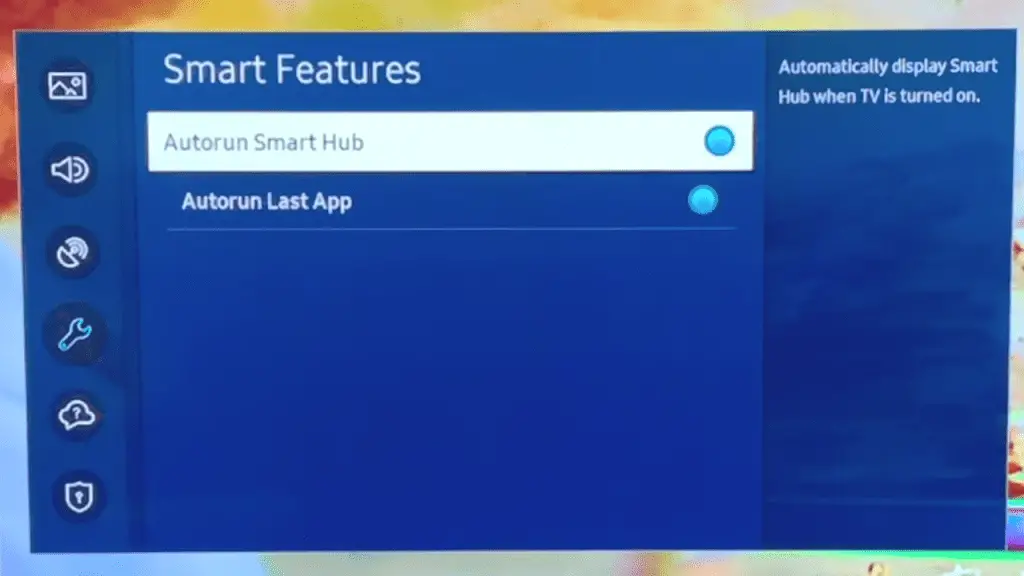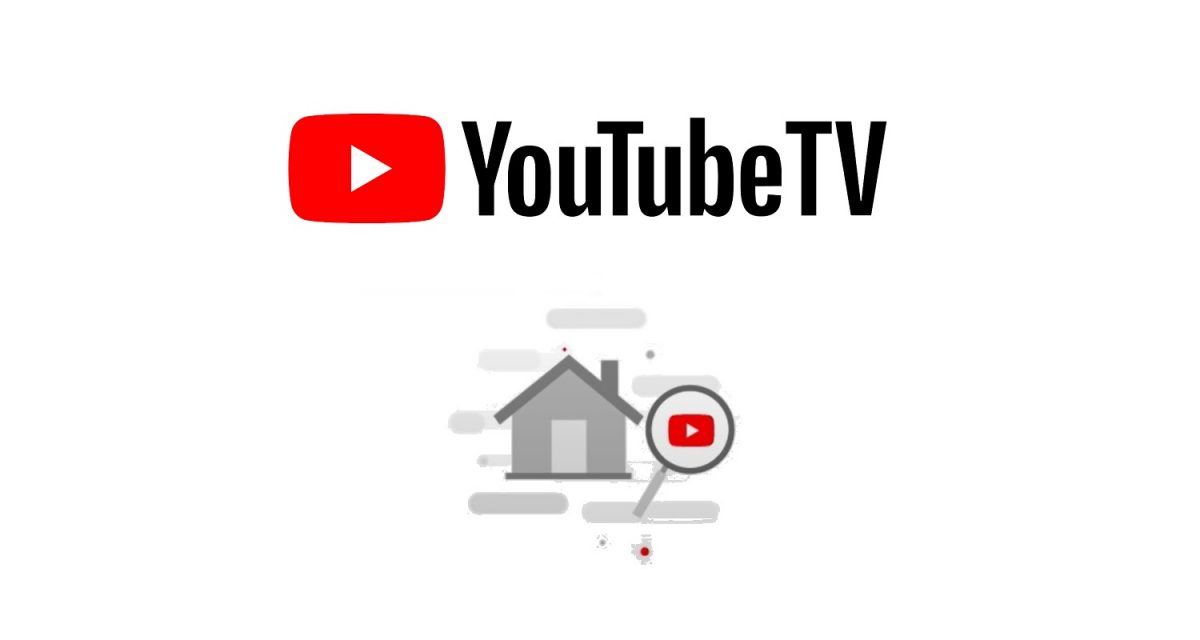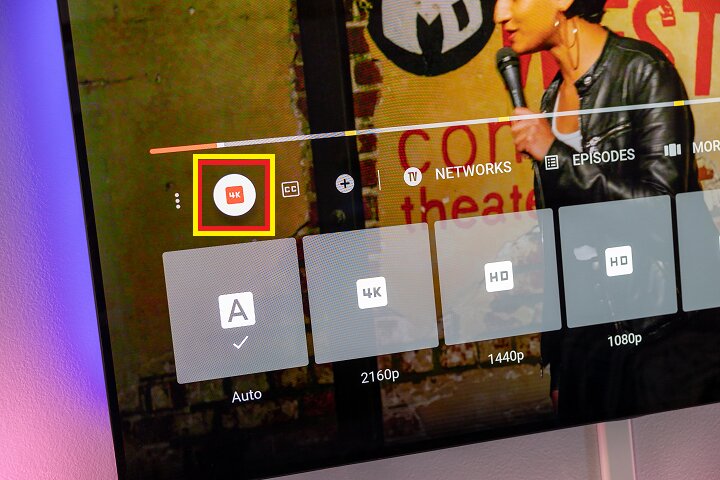Setting up a home network for YouTube TV can seem daunting, but it doesn't have to be! With the right approach, you can create a seamless streaming experience, ensuring your favorite shows and live events are always just a click away. In this post, we'll walk you through everything you need to know, starting with understanding your internet requirements. So, grab your remote and let’s dive in!
Understanding Your Internet Requirements

Before you hit that "subscribe" button on YouTube TV, it's crucial to understand what your internet needs are. Your streaming experience hinges on a few key factors, including bandwidth, speed, and latency. Let's break them down:
- Bandwidth: This refers to the amount of data that can be transferred over your internet connection in a given time. For YouTube TV, a minimum bandwidth of 3 Mbps is required for standard definition (SD) streaming, while 7 Mbps is ideal for high definition (HD) content. If you want to stream in 4K, aim for at least 25 Mbps.
- Internet Speed: Speed is often confused with bandwidth but they’re not the same thing. Speed is how quickly you can download and upload information. Ensure your internet plan can handle multiple devices streaming simultaneously, especially if you have family members using the internet for other activities, like gaming or video conferencing.
- Latency: This is the time it takes for your request to travel to the server and back. Lower latency is essential for a smooth experience, especially during live broadcasts. Ideally, you want latency under 50 milliseconds for streaming.
To put this into perspective, let's look at a quick table:
| Streaming Quality | Minimum Recommended Speed |
|---|---|
| SD | 3 Mbps |
| HD | 7 Mbps |
| 4K | 25 Mbps |
As you can see, choosing the right internet plan can enhance your YouTube TV experience significantly. Don’t forget to factor in overall household usage; if everyone is online at the same time, you may need a bit more than the minimum recommendation to avoid buffering and lag!
Choosing the Right Hardware

When it comes to setting up a home network for YouTube TV, choosing the right hardware is like picking the perfect ingredients for a delicious recipe. You want to ensure that everything works together seamlessly to provide you with uninterrupted streaming. Here are some key hardware components you should consider:
- Router: This is the heart of your network. Look for a dual-band router that supports both 2.4GHz and 5GHz frequencies. Dual-band routers can handle multiple connections at once and reduce buffering during peak times.
- Modem: If you have a separate modem, make sure it’s compatible with your internet service provider. Some ISPs provide their own modem, but you may also need to purchase one for better performance.
- Networking Cables: While Wi-Fi is convenient, wired connections are often faster and more reliable. Use Ethernet cables to connect your devices to the router whenever possible.
- Range Extenders: If you have a large home, consider using a range extender or mesh network system. This can help eliminate dead zones where the Wi-Fi signal is weak, ensuring you get a strong signal in every room.
- Streaming Device: Although you can watch YouTube TV on various devices, having a dedicated streaming device (like a Roku, Apple TV, or Chromecast) can enhance the viewing experience.
By selecting the right combination of hardware, you’ll create a robust home network that’s ready to deliver high-quality streams without interruptions.
Steps to Set Up Your Network

Setting up your home network for YouTube TV doesn’t have to be a daunting task. Just follow these simple steps, and you’ll be ready to enjoy your favorite shows in no time:
- Choose the Right Location for Your Router: Place your router in a central location, ideally elevated and away from walls or appliances to maximize signal strength.
- Connect Your Modem to the Router: Use an Ethernet cable to connect the modem to the WAN (or Internet) port on your router. Make sure your modem is connected to your internet line.
- Power Everything On: Plug in your modem and router, and allow them to boot up. This can take a couple of minutes.
- Configure Your Router Settings: Use a computer or smartphone connected to your router’s Wi-Fi. Enter the default IP address (usually something like 192.168.1.1) in your web browser to access the router’s settings. Change your network name (SSID) and password to something memorable yet secure.
- Connect Your Devices: Start connecting your devices to the network. For best results, use Ethernet cables for gaming consoles, smart TVs, or desktop computers. For mobile devices, simply select your Wi-Fi network and enter the password.
- Test Your Connection: After connecting everything, check your internet speed to ensure it meets the requirements for streaming YouTube TV. Aim for at least 25 Mbps for HD streaming.
And there you go! By following these straightforward steps, your home network will be set up, allowing you to enjoy seamless viewing on YouTube TV.
Configuring Your Router for YouTube TV

Configuring your router is a crucial step to ensure that you can enjoy YouTube TV without interruptions. It’s not just about getting a signal; it’s about getting a strong and stable one. Here’s a straightforward approach to set things up:
- Access Your Router’s Settings: Start by connecting to your router through a web browser. Enter the IP address (usually something like 192.168.1.1 or 192.168.0.1) and log in with your credentials. If you haven’t changed these, they are often found on a sticker on the router.
- Quality of Service (QoS) Settings: Look for a QoS section. This is where you can prioritize YouTube TV traffic over other services on your network. By doing this, you ensure that streaming has the bandwidth it needs, especially during peak times.
- Wireless Channels: If you’re using Wi-Fi, check your wireless settings. Manually selecting a less congested channel can improve your connection. Apps or tools like Wi-Fi Analyzer can help you identify which channels are busy.
- Security Settings: Keep your network secure by using WPA3 encryption if available. This adds an extra layer of protection, making it harder for unauthorized users to tap into your Wi-Fi and consume bandwidth.
- Firmware Updates: Regularly check for firmware updates for your router. Keeping it updated can fix bugs and optimize performance, which is critical for a smooth streaming experience.
By following these steps, you can tailor your router settings for a seamless YouTube TV experience. Remember, a well-configured router can make all the difference when you're settling down for a binge-watching session!
Optimizing Your Network for Streaming
Now that you have your router configured, it’s time to dive into network optimization. The goal here is to maximize your connection’s efficiency, ensuring quality streaming with minimal buffering.
Here are some practical tips to optimize your network for YouTube TV:
- Choose the Right Internet Plan: Make sure your broadband plan supports the speeds necessary for streaming. YouTube TV recommends at least 3 Mbps for standard definition and 25 Mbps for 4K resolution.
- Wired vs. Wireless: Whenever possible, use a wired Ethernet connection. It’s typically faster and more stable than Wi-Fi, especially if you’re streaming in high definition.
- Reduce Interference: Keep your router away from walls, metal objects, and devices like microwaves that can interfere with the signal. Elevating it can also help with distribution.
- Limit Connected Devices: The more devices sharing your bandwidth, the worse your streaming experience will be. Try to limit simultaneous connections, especially during peak streaming times.
- Monitor Bandwidth Usage: Use tools or apps to track your home network’s bandwidth. Knowing which devices and applications are using the most data can help you manage your network better.
By taking these steps, you’re setting yourself up for an excellent streaming experience with YouTube TV. Let’s face it, there’s nothing worse than buffering during your favorite show, so a little optimization goes a long way!
Troubleshooting Common Issues
Setting up a home network for YouTube TV can be a fun project, but sometimes, issues arise. Don't sweat it; troubleshooting can often be straightforward! Below are some common problems and simple solutions to get you back to streaming in no time.
1. Buffering or Slow Streaming
If you find yourself staring at the spinning wheel of doom, it might be due to:
- Insufficient Bandwidth: Check your internet speed using online speed tests. YouTube TV recommends at least 3 Mbps for SD quality and 25 Mbps for 4K.
- Network Congestion: Too many devices using the same connection can slow speed. Try disconnecting devices that aren’t in use.
- Router Location: Ensure your router is centrally located for optimal coverage. Walls and floors can interfere with the signal.
- Reconnect Devices: Sometimes, rebooting your device or router can make a world of difference.
2. Authentication Problems
If you're having trouble logging into your YouTube TV account, consider the following:
- Check Credentials: Ensure you’ve entered the correct email and password.
- App Updates: Ensure the YouTube TV app is up to date. Sometimes, authentication issues arise from outdated software.
- Clear App Cache: On mobile devices, clearing the app cache in settings can resolve many glitches.
3. Channel Not Available
There can be several reasons for this:
- Region Restrictions: Some channels may not be available in your area. Check YouTube's official site for channel availability.
- Subscription Issues: Ensure you have subscribed to the correct plan that includes the channels you wish to access.
Don’t hesitate to reach out to YouTube TV support if problems persist. A little patience can go a long way!
Conclusion
Setting up a home network for YouTube TV doesn't have to be a daunting task. With the right equipment, a bit of planning, and the troubleshooting tips we've covered, you’ll enhance your streaming experience and enjoy your favorite shows without interruptions!
Here’s a quick recap:
- Choose the right equipment: A router with sufficient range and speed is vital.
- Understand your network: Knowing how many devices will connect can influence your bandwidth requirements.
- Troubleshoot effectively: Don’t panic over minor hiccups; they are usually fixable.
So, whether you're planning to binge-watch the latest series or catch live sports, having a well-set-up home network means you can focus on enjoying your content rather than dealing with tech issues. Happy streaming!
 admin
admin








